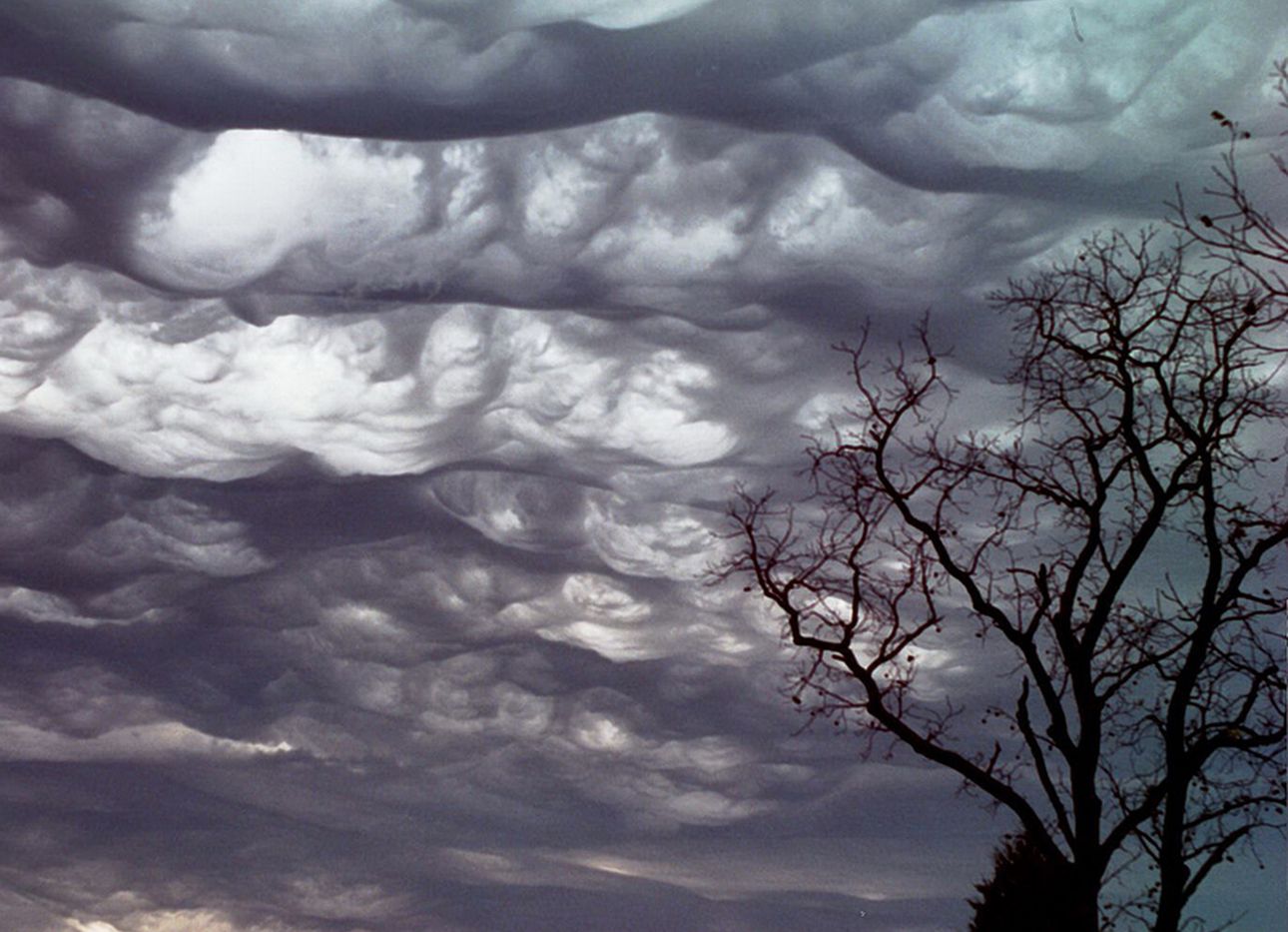
The Intrinsic Value of Cloudspotting
“Clouds are not something to moan about,” Gavin Pretor-Pinney says in a 2013 TED talk. “Far from it. They are, in fact, the most diverse, evocative, poetic aspect of nature.” Pretor-Pinney, a British author who co-founded The Idler, a magazine that extols the virtues of slowness, became fascinated with clouds after noticing them in the skies depicted in religious artworks he encountered in Rome. Upon returning to his home in London, he taught himself the scientific names of clouds and about the meteorological conditions that create them. In 2004, after giving a mock-serious talk in defense of clouds to a standing-room-only audience at a Cornwall literary festival, he realized that other people cared about clouds, too—or at least believed that looking up at them provided a useful form of meditation.
The following year, he launched the Cloud Appreciation Society (CAS), a nonprofit whose constituents connect on its website. There, visitors can access a collection of cloud-focused content submitted by other members, who now number some 50,000 paying subscribers across 120 countries, as well as cloud-related news, forums, and a grand manifesto. “We believe that clouds are unjustly maligned and that life would be immeasurably poorer without them,” it declares. “They are Nature’s poetry, and the most egalitarian of her displays, since everyone can have a fantastic view of them.” A recent scroll through the site’s homepage yielded stories about an oil-painted triptych of clouds above Cumbria, England, by Malcolm Wilson (member 41,548); a video of stratoculumulus clouds, captured by George Preoteasa (member 41,445) using an infrared camera; and a poem by Kathleen Janick (member 49,856), inspired by fog seen off the coast of Maine. Some particularly enthusiastic members have even formed digital Cloudspotter Groups, where they post photos of clouds they’ve seen in specific locales.
While building an online community that waxes poetic about masses of condensed water vapor floating in the atmosphere seems like a fluffy cause, CAS has actually made an impact in the field. A few years ago, the society encouraged the World Meteorological Organization to recognize a new type of cloud—thick, undulating blankets called asperitas, first identified by a member in Iowa—and got it published in the latest edition of the International Cloud Atlas, making its name official in the meteorologist world. Pretor-Pinney also devotes five percent of the society’s annual membership revenue to a humanitarian cause. In 2019, CAS helped the Canadian nonprofit FogQuest amass the equipment required for a village in Central America to harvest fresh drinking water from fog, and in 2020, it contributed to a project in Peru that equipped locals with drones to detect illegal logging of the Amazon rainforest (and therefore help preserve the cloud-filled environment its trees produce, which provides essential rain to areas across South America). This year, the society is creating and distributing complimentary “Cloud Appreciation Packs” to schools and homeschools, providing resources to encourage children to pay attention to the omnipresent puffs in the sky.
Cloudspotting is a valuable pastime for people of all ages, Pretor-Pinney maintains. “Sometimes we need excuses to do nothing. We need to be reminded that slowing down, and being in the present, is good for our souls,” he says. “If you live with your head in the clouds every now and then, it helps you keep your feet on the ground.”